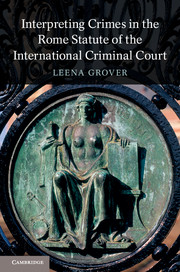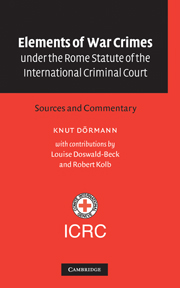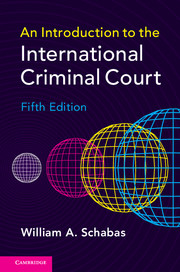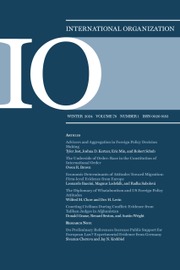Interpreting Crimes in the Rome Statute of the International Criminal Court
The Rome Statute of the International Criminal Court defines more than ninety crimes that fall within the Court's jurisdiction: genocide, other crimes against humanity, war crimes and aggression. How these crimes are interpreted contributes to findings of individual criminal liability, and moreover affects the perceived legitimacy of the Court. And yet, to date, there is no agreed-upon approach to interpreting these definitions. This book offers practitioners and scholars a guiding principle, arguments and aids necessary for the interpretation of international crimes. Leena Grover surveys the jurisprudence of the International Criminal Tribunals for the former Yugoslavia and Rwanda before presenting a model of interpretive reasoning that integrates the guidance within the Rome Statute into articles 31-33 of the Vienna Convention on the Law of Treaties (1969).
- Offers a method for thinking through more than a dozen types of interpretative problems which arise for the crimes defined in the Rome Statute
- Proposes a primary interpretative principle for crimes in the Rome Statute, considering both the arguments for and against it
- Offers in-depth analysis of the Rome Statute's relationship to customary international law
Product details
December 2014Hardback
9781107067721
474 pages
229 × 152 × 27 mm
0.8kg
1 table
Available
Table of Contents
- Foreword Claus Kreß
- 1. Introduction
- 2. The state of the art
- Annex: aids to interpretation
- 3. Guiding interpretive principle
- 4. Challenges to the principle of legality
- 5. Operationalizing the principle of legality
- 6. Custom as an aid to interpretation
- 7. Internal indicia of codification
- 8. External indicia of codification
- 9. The Vienna Convention (1969) and aids to interpretation
- 10. Conclusions.









